We want to find out how you think the U.S. is performing in terms of sustainability, what you’re interested in finding out more about, and where you think we should focus our resources.
Your views will help shape the future and ensure we deliver key insights on the most important issues to our site visitors.
Take our surveyInsight, news and views
From Opinion and Insights to the latest in technologies and news straight from the fields, here you will find information about the produce and work of our members and their innovation in U.S. farming, fishing and forestry.

Jennifer Wilson, policy advisor, reflects on the U.S. Sustainability Alliance’s recent outbound mission to Europe.
Read more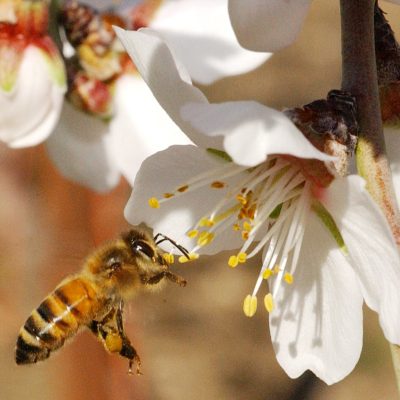
As almond blossoms cover the landscape in California’s Central Valley, honeybees arrive from across the United States.
Read more
Land-grant universities were established by President Lincoln through the Morrill Act of 1862.
Read more
Can agriculture meet the demands of a growing world population while ensuring environmental sustainability? Daniel Lapidus, Director of Sustainable Agriculture and Food Systems at RTI International, highlights important trends on both the supply and demand sides that suggest we are heading in the right direction.
Read more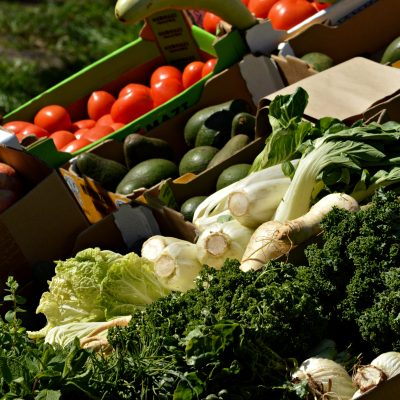
November 2025. A comprehensive data publication presenting key trends in agriculture, food security and environmental impact.
Download now
November 2025. An expert paper providing an in-depth analysis of current technologies, economic considerations and policy implications for scaling precision irrigation.
Download now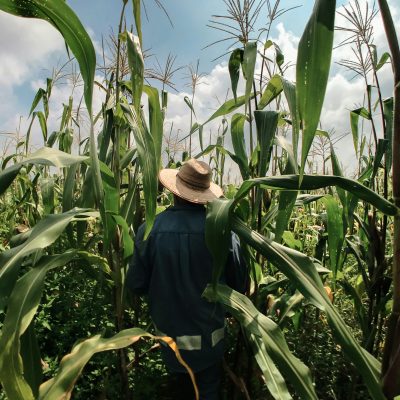
October 2025. A global policy brief exploring how countries can address labour shortages in farming by rethinking how agriculture is perceived, supported and structured.
Download now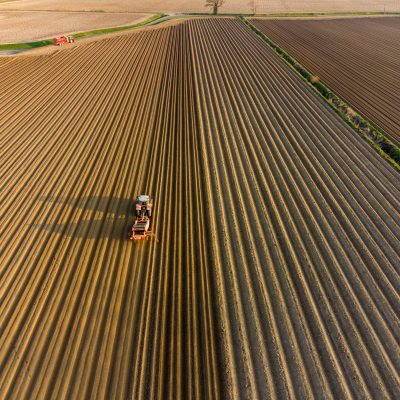
October 2025. A flagship report tracking trends in global agricultural productivity and introducing a new model to identify strategies for sustained growth.
Download now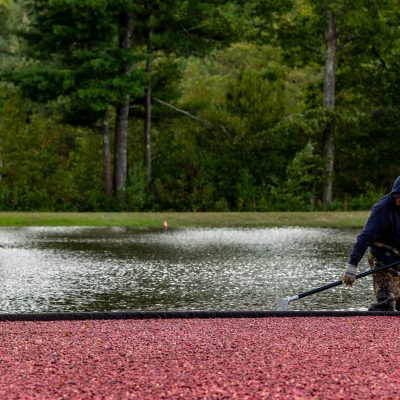
Cranberries are a thriving industry in Massachusetts, where they have been cultivated for centuries. On USSA’s recent press trip to the state, UK journalist Sian Yates visited Oiva Hannula & Sons to take a closer look at how these crimson berries are grown and harvested.
Read more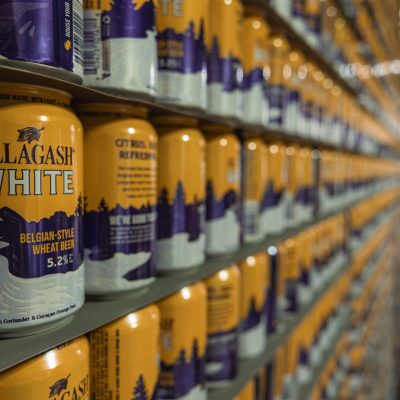
What does sustainability mean in a country where food production is large-scale, distances are vast and politics can change overnight? VMT met with food producers in Maine and Massachusetts to find out.
Read more
In the waters of New England, tradition meets strict regulation. Lobster fishing and oyster farming are not only symbols of local culture but are also examples of some of the best-managed fishing ecosystems in the world.
Read more
USSA News: U.S. climate trends, USSA's EU mission and a Maine buckwheat success story
Read more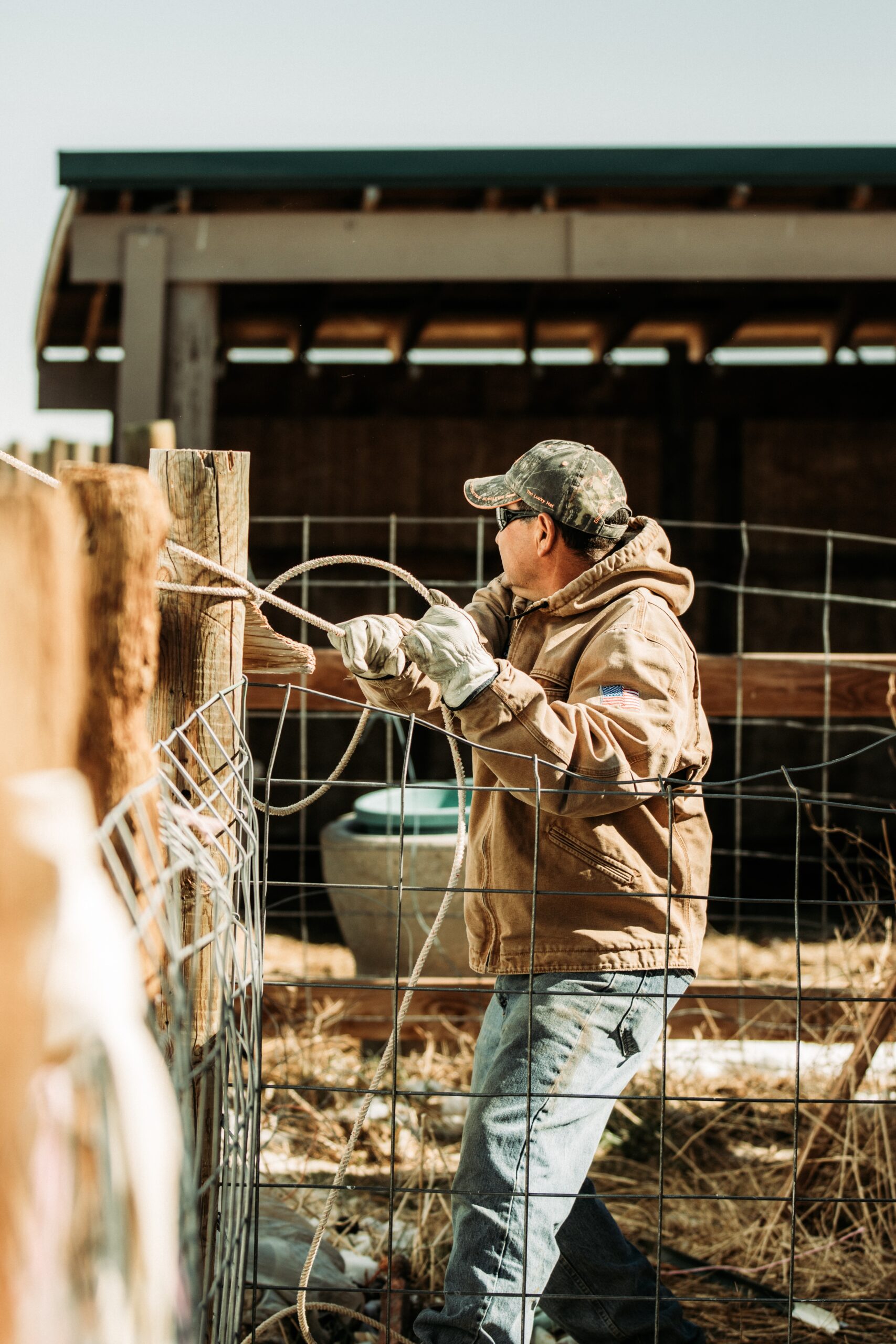
Whilst the USSA members work to exceed regulatory requirement, U.S. laws and regulations provide a robust framework, developed over many years, to ensure and promote the sustainability of its crop, livestock, seafood and forestry sectors. The policies look to immediate impacts on the environment and beyond to cover topics from employment to biodiversity to endangered species. The following pages provide context and an introduction to key federal legislation.
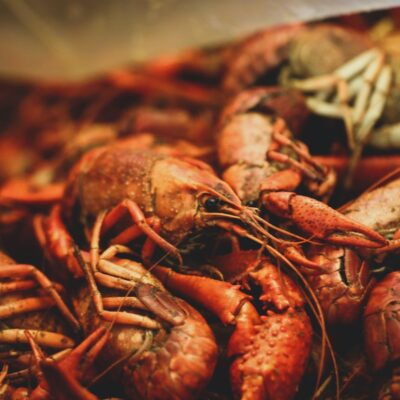
Focused on conservation and environmental stewardship, the USDA, working with The Natural Resources Conservation Service on technical assessment and the Farm Service Agency for enforcements, uses grant management to deliver best practice. A particular focus is on erodible lands and wetlands, with ‘sodbuster’ and ‘swampbuster’ rules, requires presentation of conservation strategies prior to conversion of lands to agricultural use. One result, that soil loss has been halved since 1982.
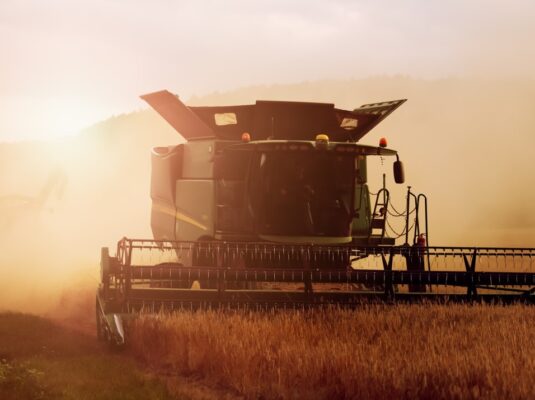
The U.S. recognizes that sustainability has many facets and action is required in explicit areas. This has resulted in the enactment of a wide range of laws from the Clean Water Act and Clean Air Act to the Endangered Species Act, to research and regulatory action on Insecticides and Fungicides and Rodenticide Act; and, with the Lacey Act a focus on illegal trafficking of plants, fish and animals.
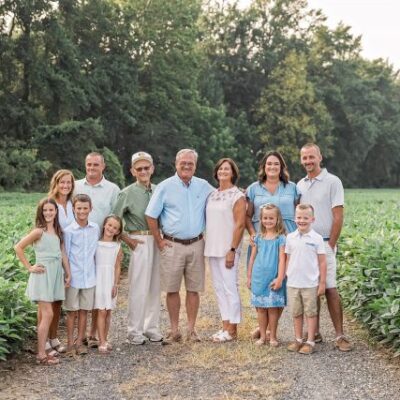
In the latest episode of This is U.S. Sustainability, we hear from two multi-generational farmers – an eleventh-generation grains farmer from Maryland and the owner of a centennial cattle farm in Louisiana – about how they have moved with the times while staying true to their roots. We cover rotational grazing, no-till cultivation, water conservation, biotech seeds, and more. And we discuss why going back to the natural cycle is sometimes the best approach.
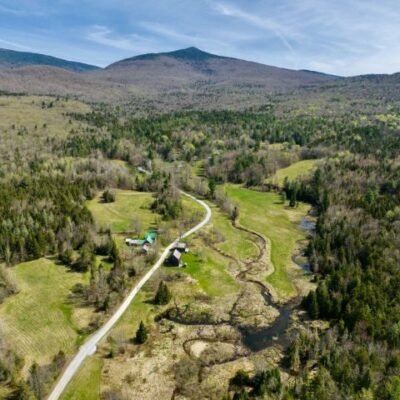
Tune in to the latest episode of This is U.S. Sustainability to hear how Paul Catanzaro and Professor Tony D’Amato work together to reach family forest owners and ensure they have the information and resources to make the right decisions about their land. And learn about the vital role Tim Stout, a Vermont landowner, plays in amplifying their message.

Tune in for the lowdown on the innovative, often surprising ways the almond industry and the wider food sector are reducing waste. Jet fuel, beer, water filters and peat moss to grow mushrooms – these are just some of the many applications in use and under development.
Discover how softwoods were used in the architecture of PDX Main Terminal, Portland, Oregon, in this new series from the Softwood Export Council.
Watch nowThis new series from the Softwood Export Council spotlights the global reach and versatility of American softwoods in architecture, offering a behind-the-scenes look at sustainable forestry practices.
Watch nowThis new series from the American Feed Industry Association explores the $267 billion U.S. animal food industry, offering insights into its scale and impact.
Watch now